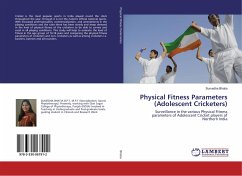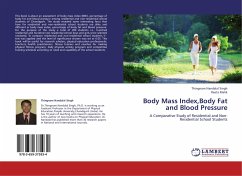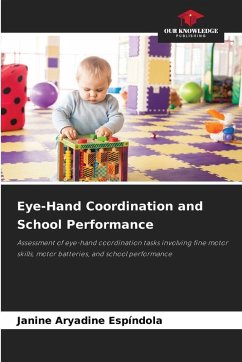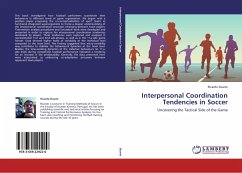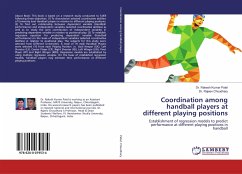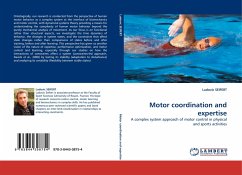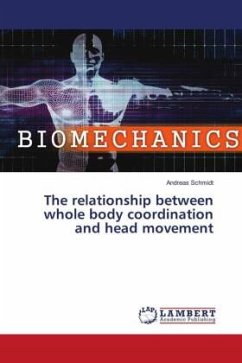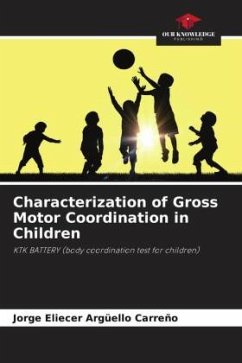
Judo Performance Under Pressure
Analyzing Heart Rate Dynamics Across Different Testing Methods in Competitive Matches
Versandkostenfrei!
Versandfertig in 6-10 Tagen
29,99 €
inkl. MwSt.

PAYBACK Punkte
15 °P sammeln!
The objective of this book is to investigate the relationship between different testing methods and heart rate in judo athletes During Judo Matches. Eight lightweight (
The objective of this book is to investigate the relationship between different testing methods and heart rate in judo athletes During Judo Matches. Eight lightweight (<66 kg and <73 kg) University Division I judoka were tested (mean age: 21 ± 1.06 years; height: 171 ± 6.84 cm; weight: 69 ± 5.59 kg; years of training: 10±2 years). Each athlete performed a 10-second continuous over-the-shoulder wrestling attack, a crucifixion run, a 150-meter speed run, and a 90-second attack test to compare anaerobic heart rate responses during judo-specific competition training. Data were analyzed using Pearson's cumulative correlation and repeated measures ANOVA. The 150m sprint was significantly correlated with the 90-second judo test (r² = 0.5). The coordination test showed a moderate correlation with the judo-specific test (r² = 0.3). The judo UKSN was strongly correlated with the coordination test (r² = 0.7) but not with the 3m cross run (r² = 0.1). The four-limit analysis model highlights the strengths and weaknesses of athletes' basic and specialized abilities. Poor basic abilities in judo can impact performance in specialized sports.





